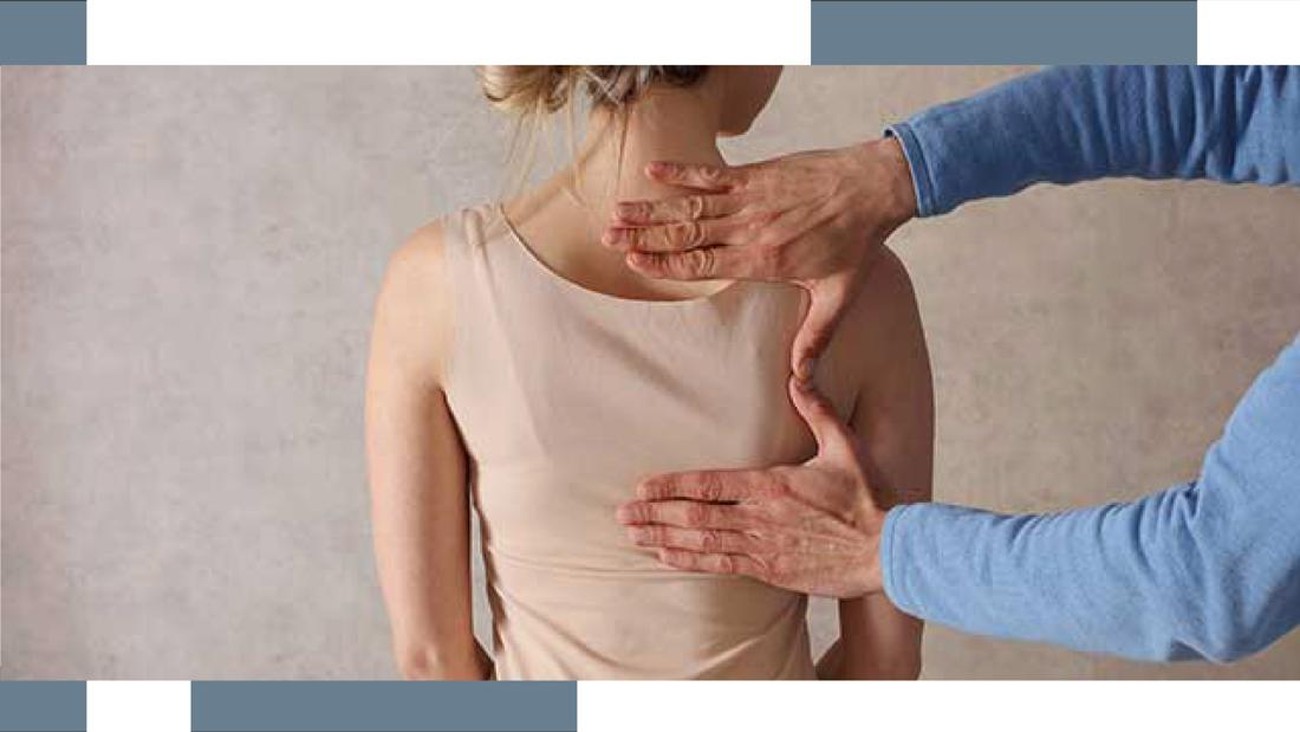As someone who struggles with back pain, many people have pointed out how my shoulders look uneven. Before I turned 20 years old, I found out that I have scoliosis. It explains why I always wake up with back pain whenever I sleep in a weird position. From there, my parents changed my bed to a firm one, the one that adequately provides support for my spine.
You may already be familiar with scoliosis heck, perhaps you also suffer from this medical condition knowing how common it actually is. By definition, scoliosis is a medical condition where the spine twists and curves to the side-often forming the shape of an S or a C. The angle curve on your back that measures more than 10 degrees on an X-ray is considered scoliosis. Scoliosis can affect people at any age, from babies to adults, but it often starts in children aged 10 to 15.
There are 2 million cases every year in Indonesia, but most of the time, treatment is unnecessary, and of course, it all depends on how severe it is. Sometimes, it can get painful and disabling where a brace or surgery is needed. Furthermore, treatment can help alleviate the pain resulting from scoliosis, like physiotherapy, but sadly, this condition can't be cured.
The symptoms of scoliosis include a visibly curved spine, leaning to a specific side, uneven shoulders, one hip, rib, or shoulder sticking out, to clothes that don't fit well. If you think you may experience the symptoms above, you might want to see the doctor, so that you can make sure of it. Most likely, they will do an X-ray of your back to indicate this condition.
The causes of scoliosis might vary from person to person. Researchers believe that at least one gene plays a role in scoliosis development. But another reason could be due to a different leg length that may lead to the development of scoliosis. Scoliosis also can develop as part of a medical condition, including neurofibromatosis or Marfan's syndrome. On the other side, osteoporosis can also cause secondary scoliosis due to bone degeneration. While other causes such as poor posture and lifestyle like carrying backpacks or satchels too often, connective tissue disorders and injuries can also become the underlining reason why scoliosis could be developed.
There are four types of scoliosis you should be aware of.
Idiopathic scoliosis
Idiopathic scoliosis is scoliosis without a known cause. According to the American Association of Neurological Surgeons (AANS), doctors are unable to find the exact reason for a curved spine in 80% cases.
Congenital scoliosis
This type of scoliosis begins as a baby's back develops before birth. There is a problem with vertebrae, the tiny bones in the back, that can cause the spine to curve because it may be incomplete or fail to divide properly.
Neuromuscular scoliosis
Neuromuscular scoliosis is a result from disorders like spina bifida, cerebral palsy, or spinal cord injury. These conditions sometimes damage your muscles and cause them unable to support your spine correctly, making your back curve.
Degenerative scoliosis
The last one is a scoliosis which develops in the lower back and dominantly occurs in adults as the disks and joints of the spine begin to wear out as we age.
In most cases, childhood and adolescent scoliosis is mild and does not need treatment. But for a 25 to 40 degree curve, doctors might recommend bracing. The brace will prevent your spine from further curving, but it will not cure or reverse scoliosis. And if the curve is greater than this while the skeleton is still immature, doctors might recommend surgery. Another treatment that may help with discomfort caused by scoliosis is various exercises that aim to realign the spine, rib cage, shoulders, and pelvis to achieve a typical posture.
Scoliosis often causes several complications such as breathing problems, back problems, and appearance. As scoliosis worsens, it may change the appearance of your posture, and it might affect your self-esteem. Living with scoliosis can be a pain in the ass take it from me. Therefore, it is highly crucial that you pay attention to your everyday posture, like sleeping or sitting.
(HAI/MEL)


